- Costa Rica’s Creative Fix for Tourist Overcrowding - April 24, 2025
- 25 Florida Tourist Attractions Getting Too Expensive - April 23, 2025
- Why Travelers Are Rethinking Insurance After Trump’s Announcement - April 20, 2025
Planning your next adventure to the Caribbean or Central America but can’t decide which country to visit? Look no further than Haiti and El Salvador, two countries with unique cultures, stunning landscapes and rich histories. Known for its vibrant art, lively music and delicious cuisine, Haiti is the first independent nation in Latin America and the Caribbean and was once a prosperous colony in the 18th century. So enjoy now the ultimate travel comparison: Haiti vs El Salvador!
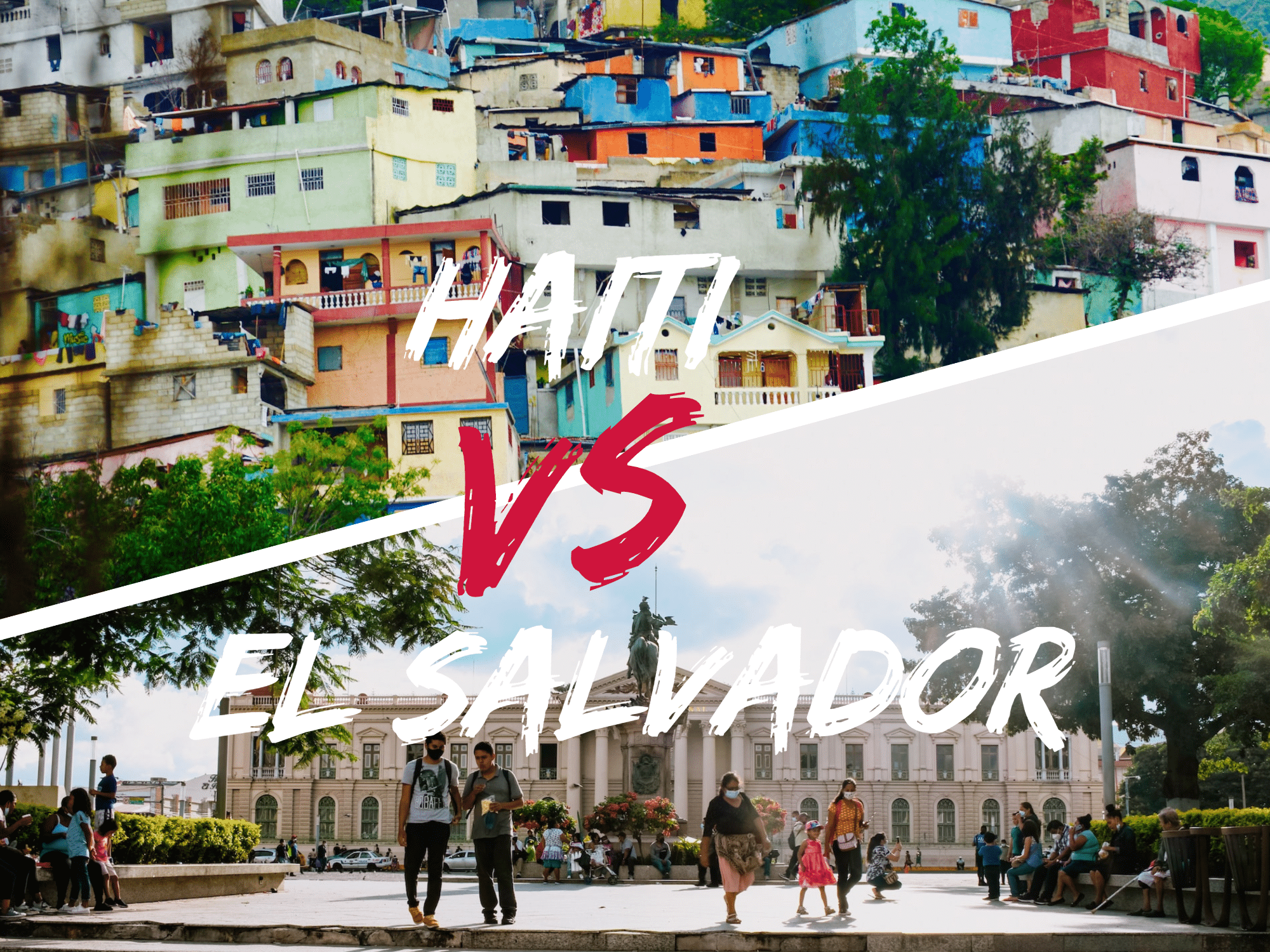
El Salvador, on the other hand, is known for its breathtaking volcanoes, picturesque beaches and pre-Columbian archaeological sites. As two countries with distinct personalities, comparing Haiti and El Salvador offers travellers the chance to discover the diverse beauty and richness of the Caribbean and Central America. Let’s explore these two countries and see what they have to offer.
Top Things to Do in Haiti vs El Salvador

Haiti and El Salvador are two countries in Central America with a rich cultural heritage and many attractions for tourists. Both countries offer unique experiences for travellers, but there are some key differences between them.
In El Salvador, visitors can explore the volcanic lakes, go butterfly spotting in Barra de Santiago and take a tour of the Peace Route led by former guerrillas. You can also visit the ruins of San Salvador, take in the sights of Suchitoto, stay on a coffee plantation and zip through the forest canopy.
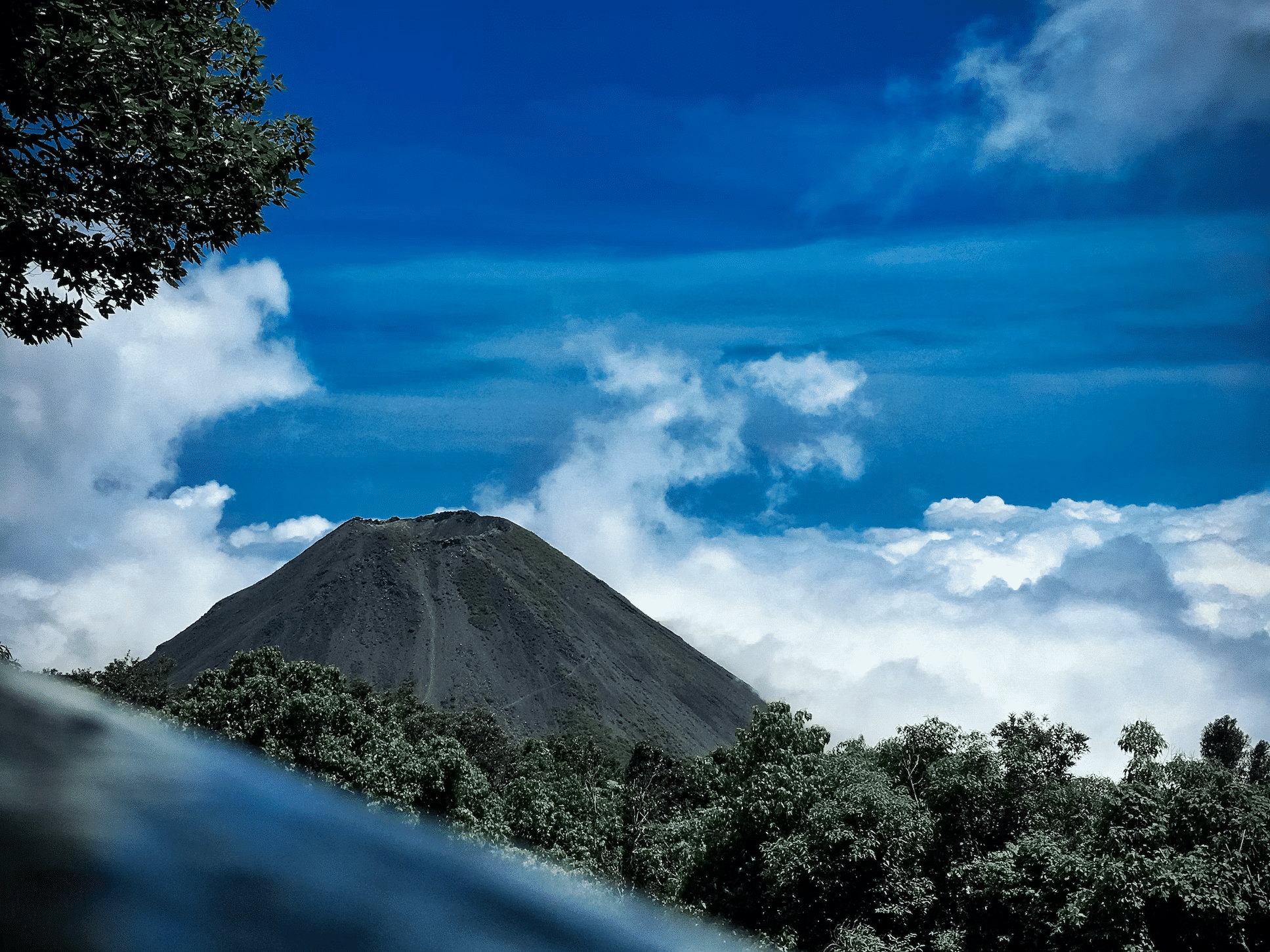
El Salvador is best known for its delicious pupusas, excellent surf spots, volcanoes, President Nayib Bukele and bitcoin. Popular activities include hiking the Santa Ana volcano, taking a coffee plantation tour, visiting the Mayan ruins of Tazumal and Joya de Cerén, visiting the Santa Ana Cathedral, surfing at El Tunco, visiting the waterfalls of El Salvador, taking the Flower Route and shopping in the capital.
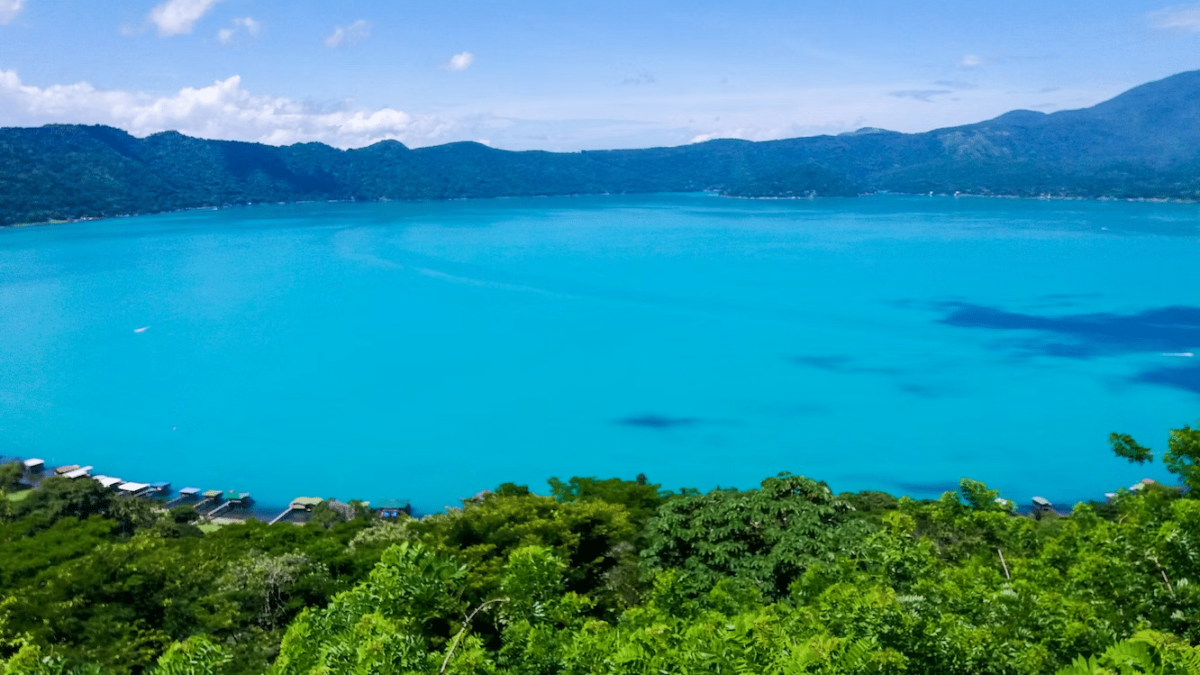
In Haiti, visitors can admire the architecture of the country’s distinctive gingerbread houses, discover the many charms of Jacmel, escape to the satellite island of Ile-a-Vache, explore the Citadelle Laferriére, have a night out in Pétionville, hike in the national parks, go to the beach, explore Haitian art, take in epic views, relax at Cap Haitien and visit the iron market in Port au Prince. Haiti is best known as the world’s first independent black republic and is famous for its resilient people.
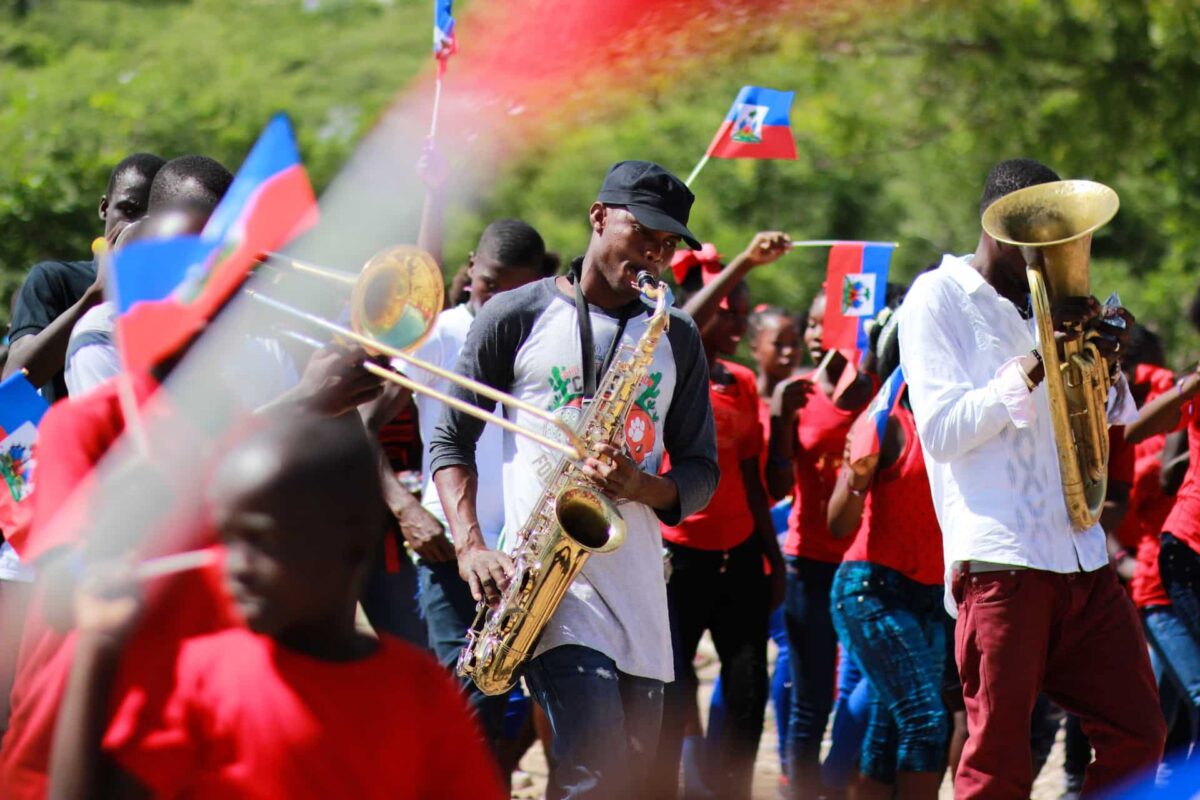
Summary
Both countries have plenty to offer tourists, from volcanoes and ruins to beaches and architecture. El Salvador is an excellent destination for surfing and adventure seekers, while Haiti is perfect for those who want to immerse themselves in culture and history. Whichever country you choose, you’re sure to have an unforgettable holiday.
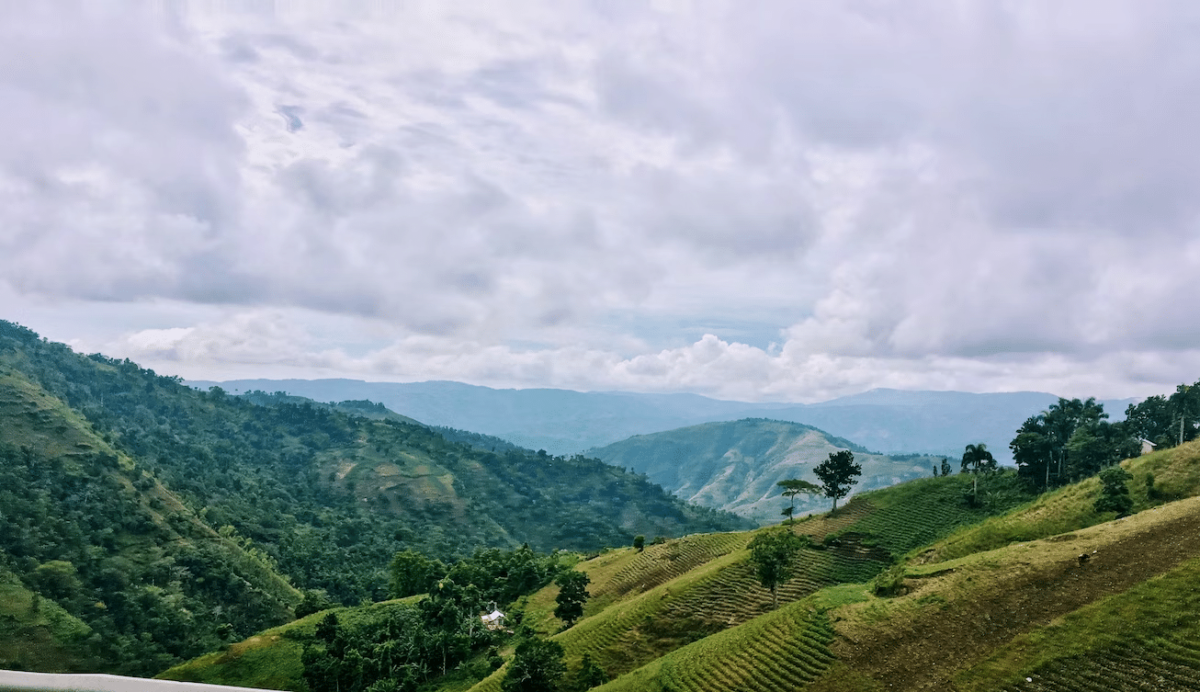
| Category | Haiti | El Salvador |
| Geography | Mountainous country with varied landscapes including beaches, national parks, and the Citadelle Laferrière. | Mountainous country with volcanic lakes, waterfalls, and forests. |
| Culture | Known for its distinctive gingerbread houses, Haitian art, and being the world’s first independent black republic. | Known for its delicious pupusas, Mayan ruins, and taking a tour of the Peace Route led by former guerrillas. |
| Activities | Admire architecture, hike national parks, go to the beach, visit Ile-a-Vache, explore Haitian art and history, and relax at Cap Haitien. | Hike Santa Ana volcano, take a coffee plantation tour, visit the Mayan ruins of Tazumal and Joya de Cerén, surf at El Tunco, take the Flower Route, visit the Santa Ana Cathedral, and go shopping in the capital. |
Food and Drinks

The food and drink of Haiti and El Salvador have many similarities, as well as some differences.
Haitian food is a fusion of African, French and Caribbean cuisines, with Creole and French being the most popular. Popular dishes include
- Griot (fried pork)
- Pikliz (spicy Haitian coleslaw)
- Banan peze (fried green plantain)
- Cabri boucane (grilled goat)
- Akra (fritters made from malanga, a root vegetable)
- Diri ak djondjon (rice and black mushrooms)
- Diri kole (rice and beans)
- Pate (savoury pastry filled with chicken, beef, cheese and smoked or unsmoked fish)

Cremas, a mixture of condensed and evaporated milk, coconut cream, nutmeg, cinnamon, vanilla and lime, is the festive drink of Haiti, while Prestige beer is the local beer of choice.
El Salvador, on the other hand, has a cuisine influenced by both its pre-Columbian heritage and the Spanish conquest. Pupusa (stuffed tortilla) is the classic Salvadoran street food, while ceviche (raw marinated fish) is a popular dish in coastal areas. Fresh fruit (bananas, pineapple, mango and papaya are common) and minutas (crushed ice with fruit syrup) are sold at street stalls everywhere.
A light breakfast might consist of fruit or eggs, with típicosalvadoreño (see below) for a more substantial meal. Beer is the most common alcoholic drink in El Salvador, with Suprema being the main local brew and Pilsener the most popular brand. Other local drinks include kolachampan (sugar cane-flavoured soft drink) and chaparro (moonshine).

Summary Foods – Haiti vs El Salvador
Both Haiti and El Salvador have a tipping culture where 10-15% is expected as a reward for good service. The drinking age in both countries is 18.
Despite the differences, both countries have a lot in common when it comes to food and drink. Both countries have an abundance of fresh fruit, with coconuts being a popular choice in both countries. Both countries also have a variety of street food stalls, with pupusa being a popular dish in El Salvador and akra in Haiti. Finally, both countries have a variety of local beers, with Prestige in Haiti and Suprema in El Salvador.
| Category | Haiti | El Salvador |
| Popular dishes | Griot (fried pork), pikliz (spicy coleslaw), banan peze (fried green plantain), cabri boucane (grilled goat), akra, diri ak djondjon, diri kole, pate | Pupusa (stuffed tortilla), ceviche (raw marinated fish), típicosalvadoreño (traditional Salvadoran breakfast), fresh fruit |
| Festive drink | Cremas (a mixture of condensed and evaporated milk, coconut cream, nutmeg, cinnamon, vanilla, and lime) | – |
| Local beer | Prestige | Suprema (main local brew), Pilsener (most popular brand) |
| Local soft drink | – | Kolachampan (sugar cane-flavoured soft drink) |
| Tipping culture | 10-15% expected for good service | 10-15% expected for good service |
| Drinking age | 18 | 18 |
Beaches

When it comes to beaches, both El Salvador and Haiti have a lot to offer. Both countries have stunning coastlines on the Pacific Ocean, with plenty of opportunities for sunbathing, swimming and surfing. El Salvador has over 300km of coastline and is known as the ‘land of volcanoes’.
It has some of the best surfing beaches in Central America, with many idyllic, unspoilt beaches that are not overrun with tourists. Some of the best beaches in El Salvador include El Zonte, Playa El Cuco, Barra de Santiago, La Costa del Sol, El Tunco and Port of La Libertad.
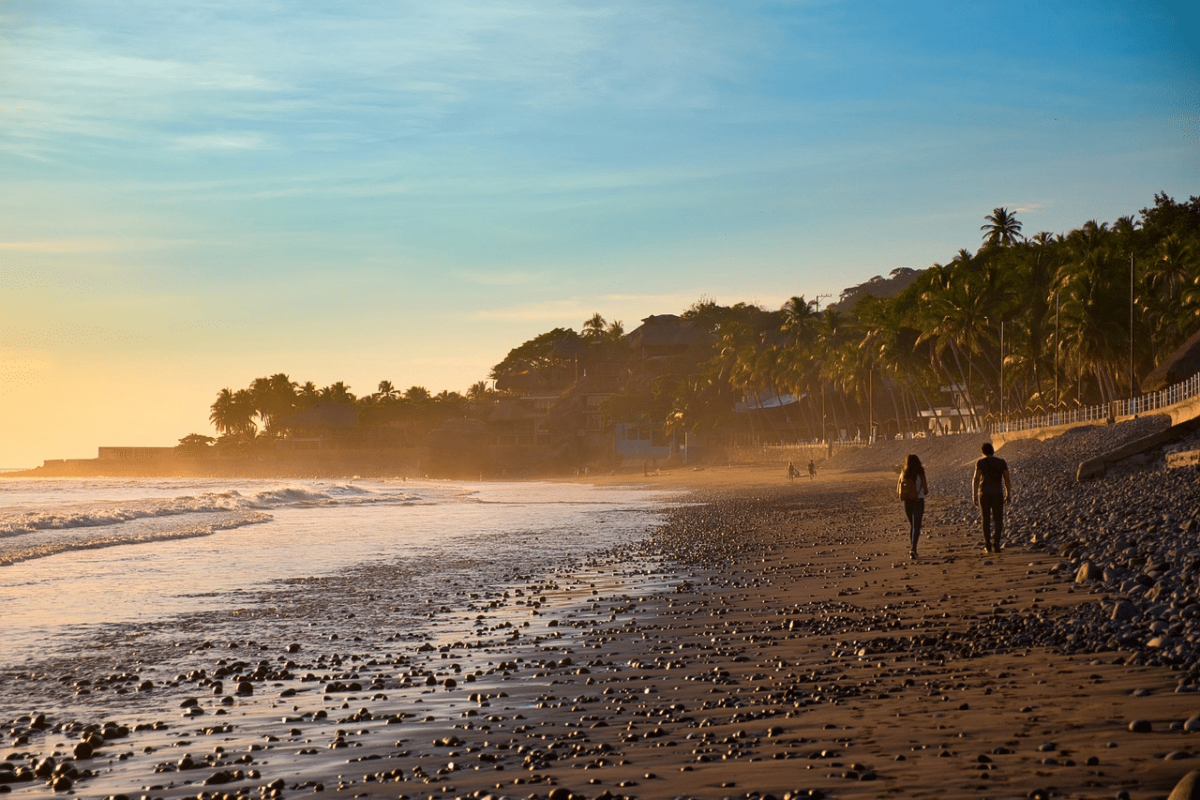
Haiti is known as one of the artistic capitals of the Caribbean and its beaches are some of the best in the region. They feature sugar-white sand, sparkling blue waters and plenty of beautiful offshore reefs and deserted islands to explore. Some of the best beaches in Haiti include Kokoye Beach, Anse Mitan, Pinson, Malendure, Milot, Fond Doux, Labadee, Wahoo Bay Beach, Port-Salut and Jacmel Beach.
Summary Beaches in Haiti vs El Salvador

So which country has the best beaches? That really depends on your preferences and what you are looking for. El Salvador is great for surfing, while Haiti has some of the beautiful sunsets in the world. If you’re looking for a beach holiday with lots of activities, El Salvador might be a better choice. And just to know, El Salvador has many black sand beaches.
The But if you’re looking for a relaxing break with stunning scenery, then Haiti is the place to be. Either way, both countries offer plenty of options for beach lovers.
| Category | Haiti | El Salvador |
| Best beaches | Kokoye Beach, Anse Mitan, Pinson, Malendure, Milot, Fond Doux, Labadee, Wahoo Bay Beach, Port-Salut and Jacmel Beach | El Zonte, Playa El Cuco, Barra de Santiago, La Costa del Sol, El Tunco and Port of La Libertad |
| Activities | Beautiful offshore reefs and deserted islands to explore | Great for surfing, many idyllic, unspoilt beaches that are not overrun with tourists |
| Recommendations | Best for a relaxing break with stunning scenery | Best for a beach holiday with lots of activities |
Transportation

Travelling between Haiti and El Salvador can be a daunting task as the two countries are on opposite sides of the Caribbean Sea. While both countries offer various forms of transportation, there are some significant differences in the types of transportation available and the safety of each.
In El Salvador, the best way to get around is by car. The country has more than 10,000km of roads and a passenger rail service. There are also several seaports on the Pacific Ocean and two international airports. Driving is the most common form of transport, but can be dangerous due to traffic and poor road conditions. Taxis, shuttles and Uber are also available in larger cities, but are not always the safest option.
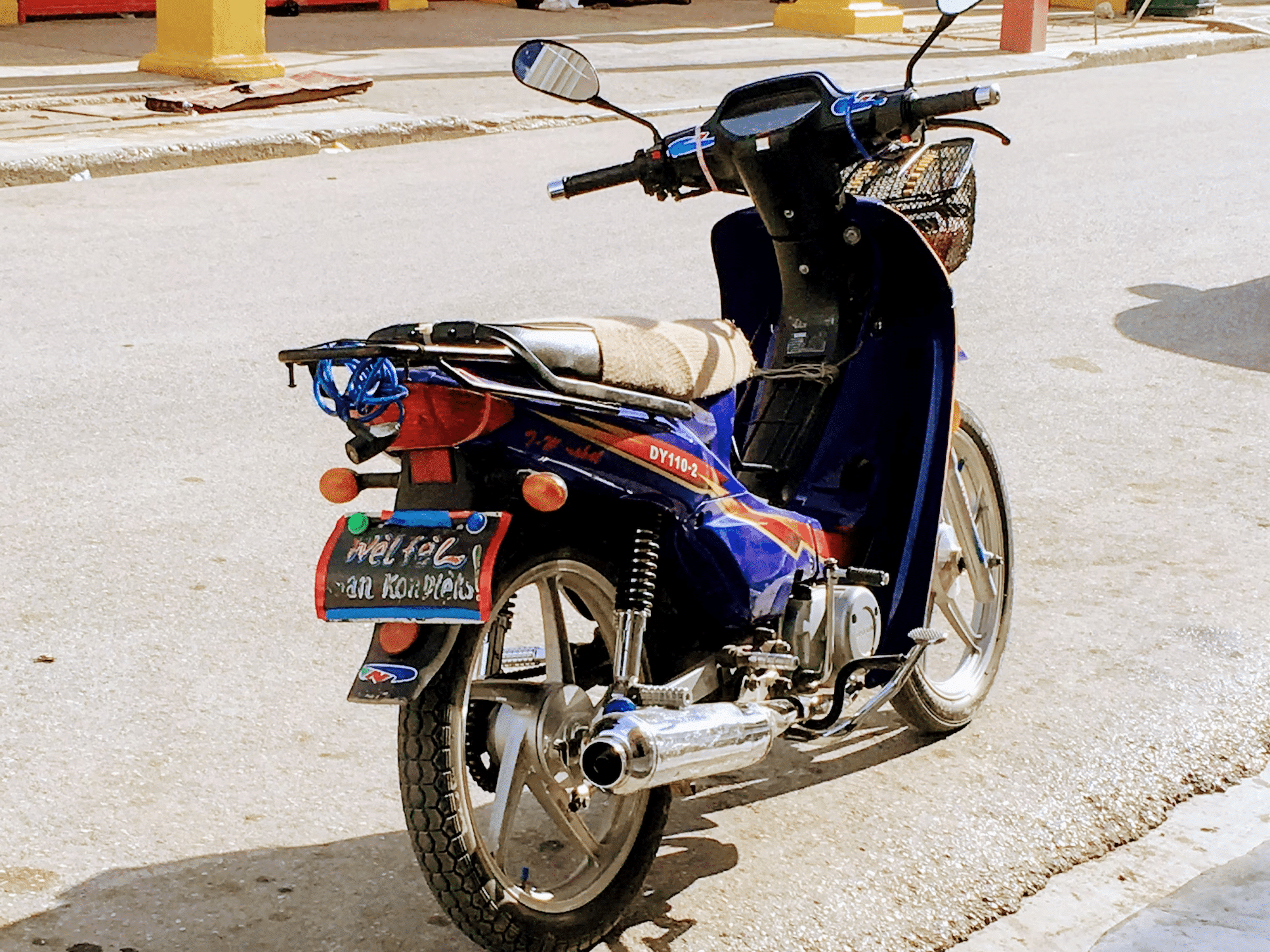
In Haiti, air travel is one possible way to get around. Tortug’ Air and Sunrise Airways offer various domestic routes between the two countries. Road travel is also possible, but road quality is unreliable at best.
Rental cars are available in Port-au-Prince, Pétionville and at the airport, but fuel can be scarce outside the capital. Taxis, including motorbikes, public taxis and private taxis, are available in Port-au-Prince, and tap-taps are a popular form of transport for locals. Buses and minibuses also run between Port-au-Prince and other cities, but they can be overcrowded and unsafe.

When traveling between Haiti and El Salvador, it is important to consider the type of transport available and the security risks involved. Air travel is generally the safest option, but can also be the most expensive. If you choose to travel by road, it is advisable to hire a driver or take a taxi or shuttle, as public buses can be overcrowded and dangerous.
Conclusion Transportation
Whatever form of transport you choose, it is important to plan ahead, remain alert and be aware of your surroundings. Traveling between Haiti and El Salvador can be an enjoyable experience as long as you take the necessary precautions.
| Category | Haiti | El Salvador |
| Main form of transport | Air travel, Bus | Car or public Bus |
| Other forms of transport | Road (unreliable quality), Taxis (motorbikes, public, private), Tap-taps (popular local transport), Buses, Minibuses | Taxis, Shuttles, Uber, Seaports, Passenger rail service |
| Safety concerns | Overcrowded and unsafe buses and minibuses | Dangerous driving conditions, traffic, and poor road conditions |
| Precautions to take | Plan ahead, remain alert, be aware of surroundings | Plan ahead, hire a driver, take a taxi or shuttle, avoid public buses |
Travel Time

The best time to visit each country varies depending on the season and climate.
El Salvador is best visited between November and April, which is the dry season. During this time, temperatures are warm and humidity is low, making it ideal for outdoor activities such as hiking, sightseeing and visiting the beach. The rainy season, from May to October, is also a great time to visit, but is best suited to activities such as surfing and visiting museums.

Haiti is best visited during the cooler, drier months of November to March. Temperatures are mild and there is little to no rain, making it perfect for activities such as surfing, snorkeling and trekking. The downside to visiting Haiti during this time is that flights and accommodation can be more expensive due to increased tourism. April to October is the rainy season in Haiti, and although there is less rain from June to August, this is also the peak hurricane season and natural disasters can occur. During this time, temperatures are extremely hot and humidity is high, making outdoor activities difficult.
Overview
Overall, both El Salvador and Haiti have their own advantages and disadvantages when it comes to travel time. Depending on the activities you want to do, you can decide which country is best for you.
| Category | Haiti | El Salvador |
| Best Time | Cooler and drier months (November – March) | Dry season (November – April) |
| Temperature | Daily temperatures typically range from 19°C to 28°C in winter and 23°C to 33°C during the summer months | Average annual temperature in San Salvador is 73.2°F |
| Climate | Long rainy season (April – October), with two pronounced peaks between March and November. | Total annual rainfall of 70.59 inches on 106 rainy days, with a rainy season from late April to October. |
| Activities | Surfing, snorkelling and trekking during cooler, drier months. | Hiking, sightseeing and beach activities during the dry season (November – April), surfing and visiting museums during the rainy season (May – October). |
| Natural Disasters | Peak hurricane season (April – October) with potential natural disasters | Vulnerable to tropical storms and hurricanes, but less than Haiti. |
Weather and Climate

Haiti and El Salvador are two countries in the Caribbean and Central America respectively. Although they are geographically close, their climates are quite different.
In terms of temperature, El Salvador has higher average temperatures than Haiti. The average annual temperature in San Salvador is 73.2°F, while daily temperatures in Haiti typically range from 19°C to 28°C in winter and 23°C to 33°C during the summer months.
El Salvador also has a much drier climate than Haiti. El Salvador has a total annual rainfall of 70.59 inches on 106 rainy days, with a rainy season from late April to October. In contrast, Haiti receives an average of 1,200 mm of rain per year in the mountains and as little as 550 mm in the lowlands. The rainy season in Haiti is long, especially in the northern and southern regions of the island, with two pronounced peaks between March and November.

The influence of the humid trade winds is also much greater in Haiti than in El Salvador. The wetter areas of Haiti are on the northern and eastern slopes of the mountains, while El Salvador is on the leeward side of the island, which means that the influence of the humid trade winds is not as great.
Both countries can be affected by tropical storms and hurricanes, although Haiti is more vulnerable than El Salvador. The southern peninsula of Haiti was severely affected by hurricanes Allen, Gilbert and Georges, while El Salvador was hit by the Norte, a cold wind from the United States, from December to March.
Overview Climate and Weather

In summary, Haiti and El Salvador have similar tropical climates, but with some distinct differences. El Salvador has higher temperatures and is much drier than Haiti, while the influence of the humid trade winds is much greater in Haiti. Both countries can be affected by tropical storms and hurricanes, although Haiti is more vulnerable.
| Category | Haiti | El Salvador |
| Average Temperature | Daily temperatures typically range from 19°C to 28°C in winter and 23°C to 33°C during summer months. | The average annual temperature in San Salvador is 73.2°F. |
| Rainfall | Receives an average of 1,200 mm of rain per year in the mountains and as little as 550 mm in the lowlands. The rainy season is long, especially in the northern and southern regions of the island, with two pronounced peaks between March and November. | Has a total annual rainfall of 70.59 inches on 106 rainy days, with a rainy season from late April to October. |
| Tropical Storms/Hurricanes | More vulnerable than El Salvador. The southern peninsula of Haiti was severely affected by hurricanes Allen, Gilbert and Georges. | Can be affected by tropical storms and hurricanes, although El Salvador is less vulnerable than Haiti. Hit by the Norte, a cold wind from the United States, from December to March. |
Accomodations

There are many similarities and differences when it comes to accommodation in Haiti and El Salvador. Both countries offer a wide variety of hotels, from luxury 5-star hotels to more modest guesthouses and budget backpacker hotels. In El Salvador, luxury spa hotels and sustainable resort complexes are becoming more common, while in Haiti most accommodation is located in Port-au-Prince and Pétionville.
In El Salvador, visitors can expect to find clean and comfortable accommodation in popular tourist destinations and resorts such as Sonsonate, Suchitoto and Costa del Sol, south-east of La Libertad. Prices are rising in all tourist hotspots, but there are still bargains to be found online in the low season. In Haiti, most hotels and top restaurants are in the wealthy suburb of Petionville in the hills above Port-au-Prince. All resorts offer substantial discounts between 16 April and 15 December, but it is essential to book well in advance for Carnival.

In terms of security, it is important to take care of your belongings wherever you stay in either country. In Haiti, visitors should be careful when choosing accommodation outside the city.
Hotals Summary – Haiti vs El Salvador
Overall, both El Salvador and Haiti offer a range of accommodation options for tourists. El Salvador has more luxurious options, while Haiti is more affordable. It is important to take safety precautions and make reservations in advance to ensure a pleasant stay in either country.
| Category | Haiti | El Salvador |
| Types | Luxury 5-star hotels, guesthouses, budget backpacker hotels | Luxury spa hotels, sustainable resort complexes, clean and comfortable accommodation |
| Location | Most located in Port-au-Prince and Pétionville | Popular tourist destinations and resorts such as Sonsonate, Suchitoto and Costa del Sol, south-east of La Libertad |
| Security | Visitors should be careful when choosing accommodation outside the city | Visitors should avoid the center of San Salvador |
Economy

The economies of Haiti and El Salvador are both small developing countries in the Caribbean region. Despite their geographical proximity, the two countries have very different economic situations.
El Salvador is a much wealthier nation than Haiti, with a GDP per capita of $8,422 compared to Haiti’s $2,916. El Salvador’s economy is largely driven by the service sector, which accounts for more than half of its GDP. This is in stark contrast to Haiti’s economy, which is heavily dependent on agriculture and characterised by widespread poverty and unemployment. El Salvador has also benefited from a free trade agreement with the United States, while Haiti has not.

Both countries have experienced population growth in recent years, but El Salvador’s rate is much lower than Haiti’s. In 2023, El Salvador’s population is expected to increase by 18,927 people, while Haiti’s population is expected to increase by 162,102 people. This is largely due to the fact that El Salvador has experienced a decline in external migration, while Haiti has seen an increase in migration from other countries.
El Salvador has also seen a decline in unemployment, which is currently at 7.0%. In comparison, Haiti’s unemployment rate is much higher at 14.5%. This is likely to be due to El Salvador’s strong service sector, which provides more employment opportunities than Haiti’s agricultural sector.
The two countries also differ in terms of foreign direct investment (FDI). El Salvador receives $200.0 million in FDI, while Haiti receives only $30.0 million. This is probably due to El Salvador’s stronger economy and more attractive business environment.
Economie Summary – Haiti vs El Salvador
In conclusion, Haiti and El Salvador are two neighbouring countries with very different economic situations. El Salvador is much wealthier, with a higher GDP per capita, a stronger service sector and lower unemployment. Haiti, on the other hand, is characterized by widespread poverty, high unemployment and a dependence on agriculture.
Both countries have experienced population growth in recent years, but El Salvador’s growth rate is much lower than Haiti’s. Finally, El Salvador receives much more foreign direct investment than Haiti.
| Category | Haiti | El Salvador |
| GDP per capita | $2,916 | $8,422 |
| Economy | Heavily dependent on agriculture | Largely driven by the service sector |
| Population growth | Expected to increase by 162,102 people | Expected to increase by 18,927 people |
| Unemployment rate | 14.5% | 7.0% |
| Foreign direct investment (FDI) | $30.0 million | $200.0 million |
In conclusion: Haiti vs El Salvador
In summary, both Haiti and El Salvador offer unique experiences for travellers seeking adventure and cultural immersion. Haiti boasts a rich history and cultural heritage, with a variety of attractions such as the Citadelle Laferrière and the Iron Market. El Salvador may be smaller in size, but it offers a diverse range of attractions, including ancient Mayan ruins at Tazumal and picturesque towns such as Suchitoto.
For beach lovers, Labadee in Haiti and El Tunco in El Salvador are great options for soaking up the sun and enjoying the clear waters. Travel time and transport can be a challenge in both countries, but with careful planning and research, visitors can make the most of their trip.
Food and drink in both Haiti and El Salvador are flavourful and influenced by their respective cultures. Accommodation ranges from budget hostels to luxury resorts, providing options for all types of travellers.
Economically, both countries face challenges but are making strides towards development and growth. Overall, a visit to either Haiti or El Salvador offers the chance to explore a unique destination, learn about the local culture and make unforgettable memories.
Article: Haiti vs El Salvador! You can find more El Salvador articles here: El Salvador blogs or looking for a comparison of Tijuana vs Los Angeles!

Marcel is a big travel lover and already visited more than 50 countries around the world. He loves to shares his experiences and explore new cultures and people.
